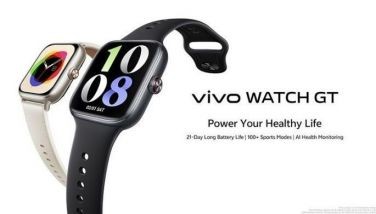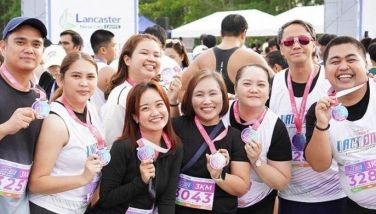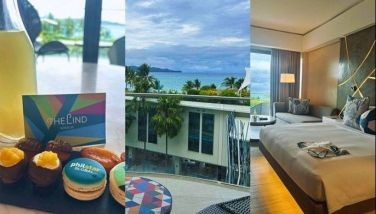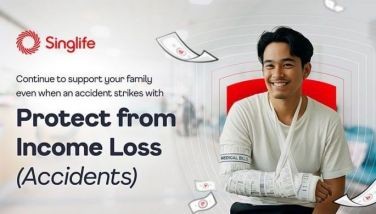Transportation – Infrastructure or Service?
(Part 4 – metrics, targets and measurements)
Once the principles and policies of transportation planning are based on services rather than infrastructure, the metrics, targets, and measurements would necessarily change, too. Instead of number of roads and bridges, kilometers of new expressways and flyovers, or number, kilometers, and capacities of mass transport systems, we measure the availability and quality of a service provided to the people.
Singapore’s targets show how these are presented: 1.) Eight in 10 households living within 10 minutes’ walk from a train station; 2.) Eighty-five percent of public transport journeys under 20km completed within 60 minutes; and 3.) Seventy-five percent of all peak hour journeys made using public transport. They are preparing a new plan with a unique theme - “Walk, Cycle, Ride.” Apparently, driving a car is not on top of the list in Singapore’s future scenario for mobility. No wonder they also prohibited the sale of new cars in 2018.
“Walk, Cycle, Ride” has three taglines: 1.) Twenty-minute towns and a 45-minute city; 2.) Healthy lives and safer journeys; and 3.) Transport for all. Again, these are not presenting tangible infrastructure, but descriptions of services. The infrastructure follows the kind of service you want, or what the community, or city, wants collectively. Unfortunately, we all grew up hoping for sleek subways and trains, spacious freeways, and the like, we forgot it’s the service that we really need. It might help to remember that at the end of the day, what we really hope for is a comfortable way back home after work. It’s a daily thing, in and out, day after day, a couple of hundred days per year. When you visit a foreign city, you’re attracted to its infrastructure, but their citizens must live there daily, same way as we live in ours. So just analyze what it is you really want for your travel.
First, assuming you don’t have a car, which four out of five of us don’t, you want the least number of rides. Car-owners don’t often realize that the daily crowd goes to work sometimes after two even up to four trips. The other truism we miss is that transfers are the most time-consuming part of the ride home, and the most inconvenient. Traffic congestion makes you mad but it’s the transfers that really test your patience. Transfers, and the waiting for the ride, are the worse experiences ever, and these are further aggravated by traffic congestion because of the slower turn-around of public transport.
This is where we need to dig into. Try going to the Ayala PUJ Terminal at 5 p.m. and see what it’s really like. Try to observe the line of people in Mambaling/Basak and Talamban/Banilad each morning, waiting and scrambling for rides. People are queuing in the middle M.J. Cuenco Ave. in front of Andok’s in Mabolo in the evening! But many people, demand for new roads or the widening of old ones. Meanwhile, the projects which really matter, and which will provide the services that are necessary, are blocked and delayed. People have not yet gotten over infrastructure.
- Latest



















